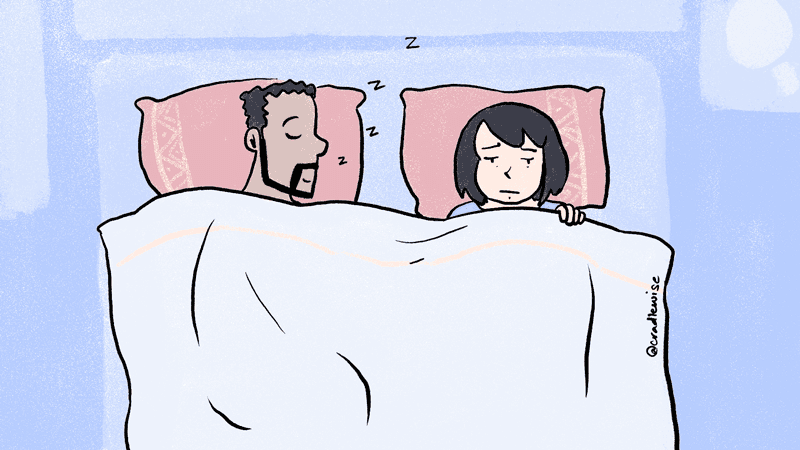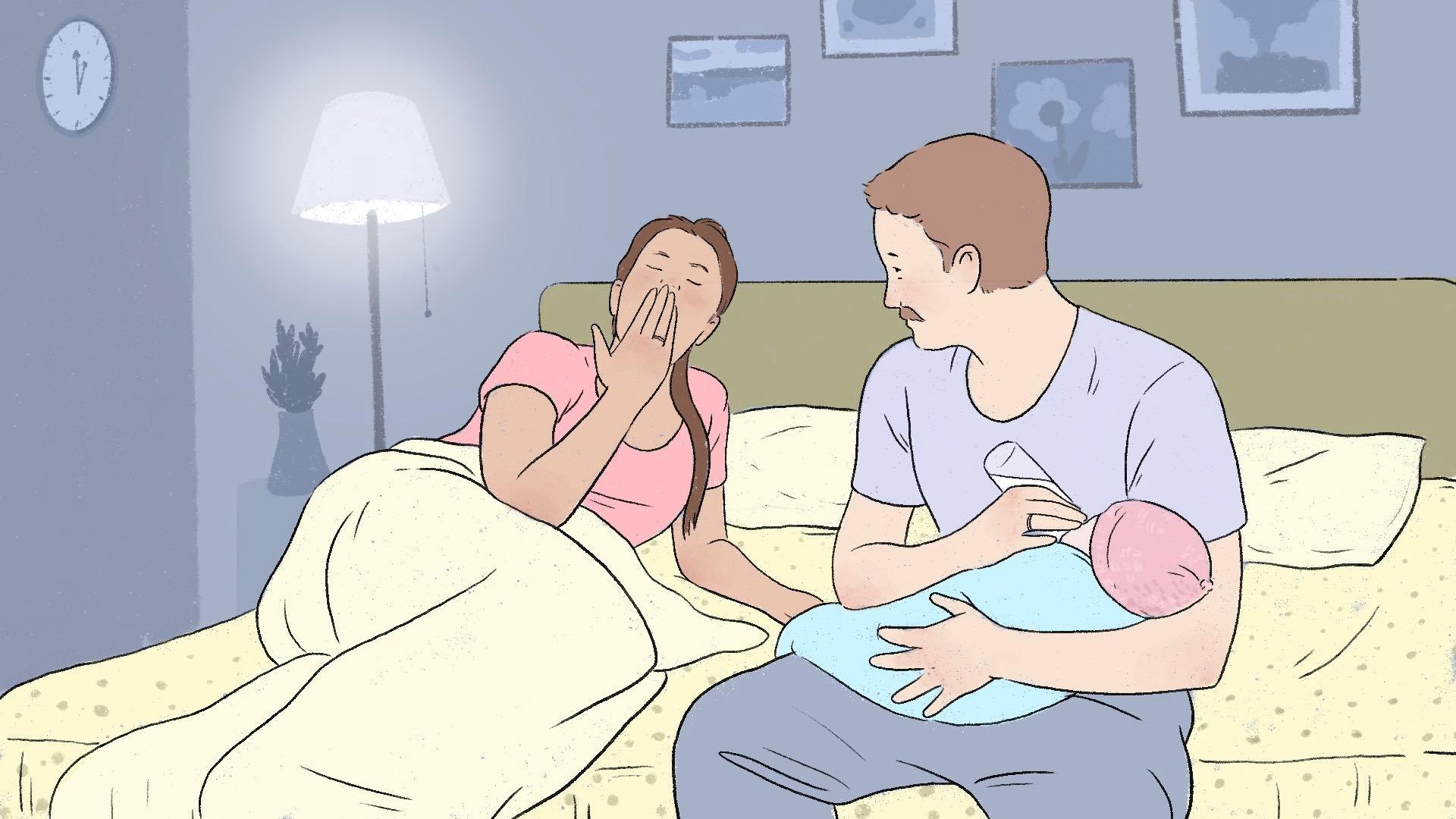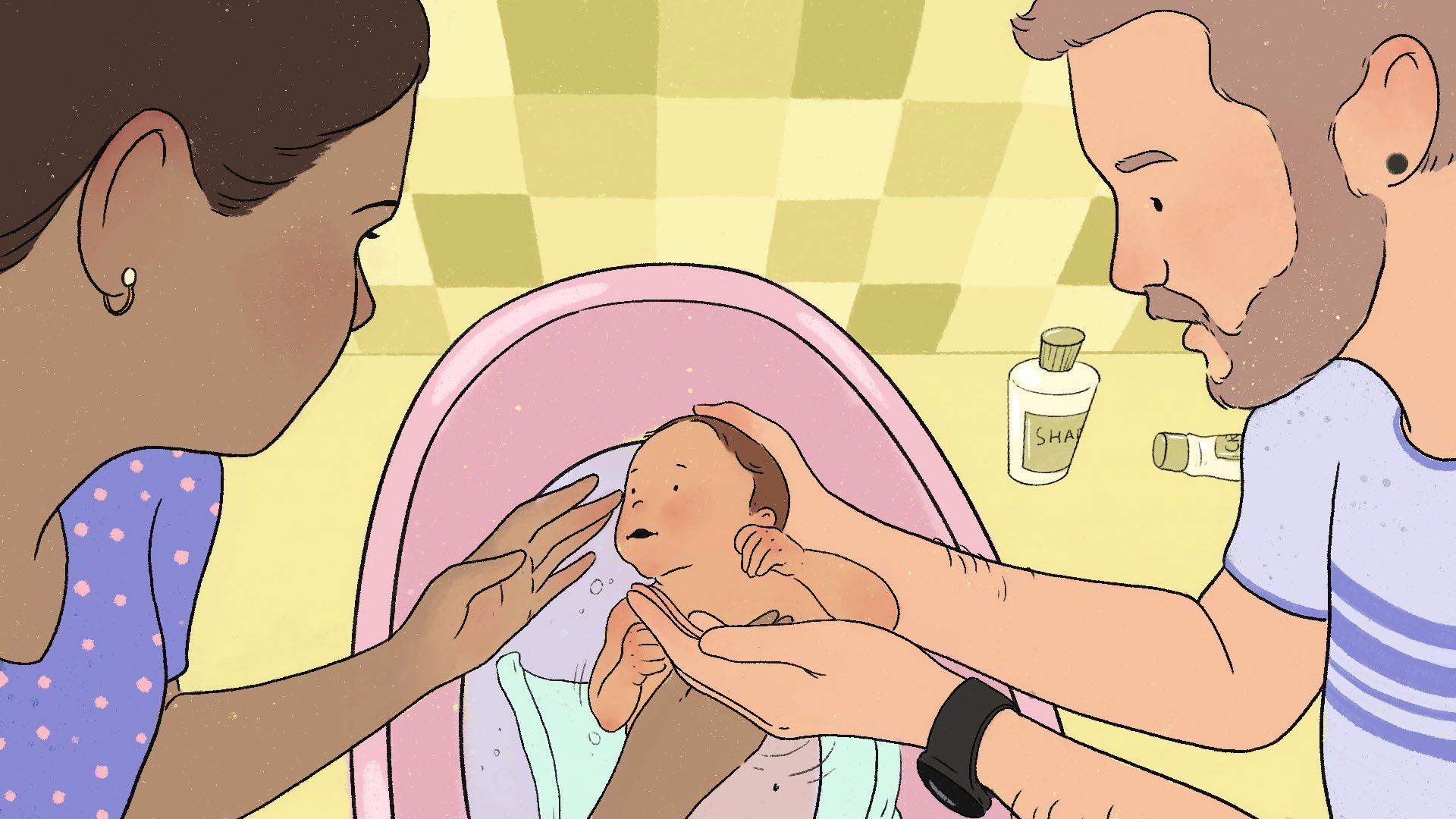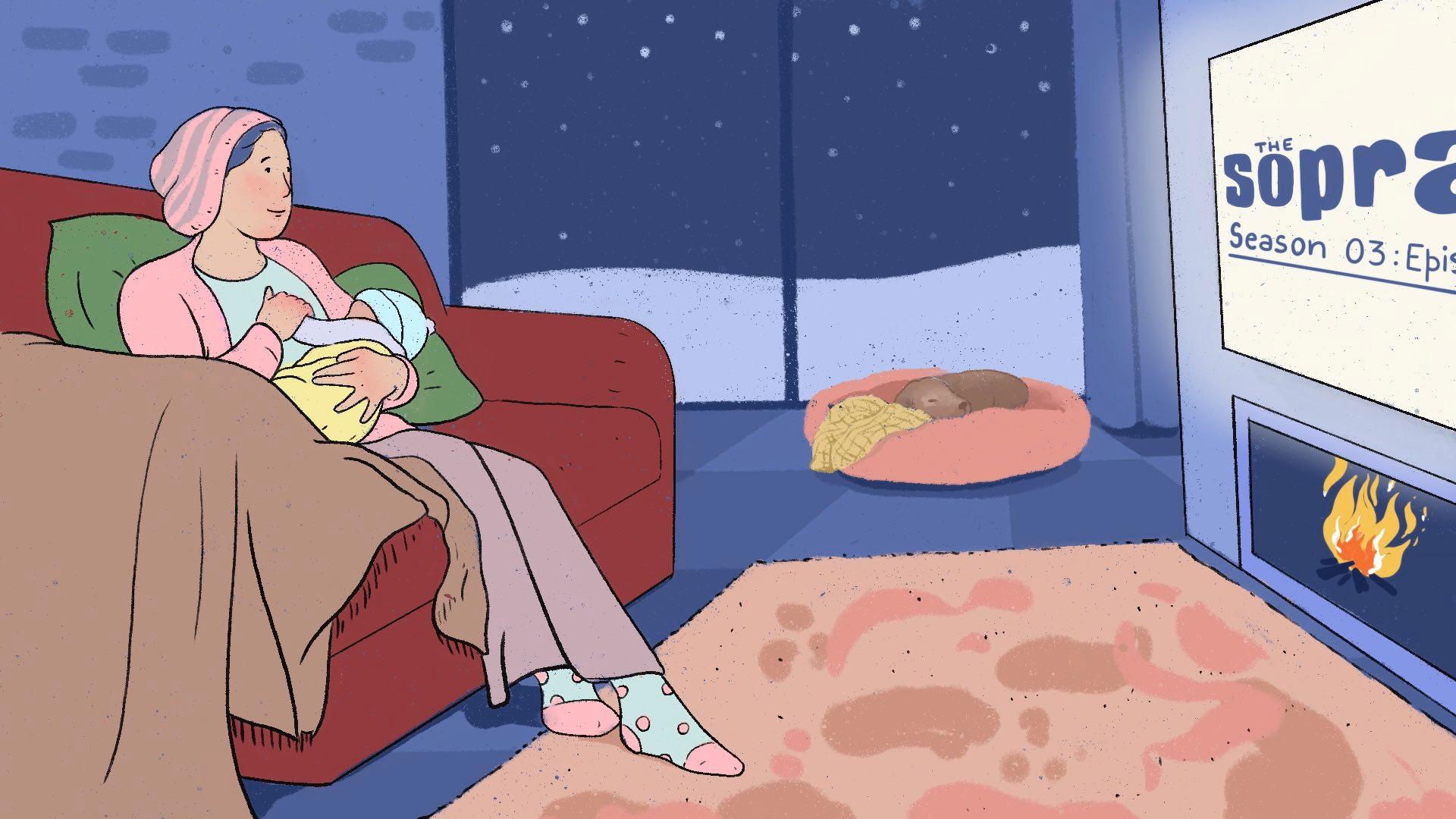Parenting
7 science-backed ways to fall asleep faster
Justine Lorelle LoMonaco

Parenting
7 science-backed ways to fall asleep faster
Justine Lorelle LoMonaco
As parents, we spend a lot of time thinking (and talking, and obsessing, and researching…) about how to get our little ones to sleep faster, longer, and more deeply. But none of it does us a bit of good if we’re not able to sleep ourselves!
If you often find yourself tossing and turning when you’re finally (finally!) able to lie down at the end of the day, here are seven science-backed methods and practices on how to fall asleep faster. to try that have been shown to have positive effects on your ability to fall asleep faster and more deeply. Sweet dreams!
1. Avoid alcohol and too much caffeine before bed
We know, we know … you spent 40 weeks limiting these items — do you really have to continue to cut them out? But the truth is, your favorite brews and booze could be negatively impacting your sleep cycle.
While alcohol might initially lull your brain into a sleepy state, it also suppresses rapid eye movement, making it harder to slip into a dreaming state. As the alcohol levels in your body drop, your brain responds in kind with more vivid dreams and more fitful sleep.
And as a stimulant, caffeine makes it harder for you to fall asleep and can even affect your internal body clock, limiting the amount of sleep you get overall. To avoid these effects, try to limit caffeine up to 12 hours before bedtime, and maybe skip that nightcap.
2. Have a hot bath or shower before bed
Ready for some sleep science? Before your body can drift off into dreamland, it needs to experience a drop in temperature. It’s called thermoregulation, and experts think it helps your body conserve energy by redirecting it to where it’s needed for repair and rest while you sleep.
To stimulate this drop, take a hot bath or shower about an hour before bed. Next, lower the temperature in your room. This rapid drop will kick thermoregulation into gear, helping your body get to a sleepy state faster.
3. Keep hands and feet warm
Of course, not every part of your body wants to feel chilled. And because hands and feet tend to be colder than the rest of your body, their temperature plays an important role in how quickly the rest of the body will cool down. In fact, if your hands and feet remain cold, your core temperature won’t drop. A pair of cozy socks should do the trick!
4. Try progressive muscle relaxing
Progressive muscle relaxing (PMR) is the practice of systematically tensing and then relaxing muscle groups in the body, generally moving from the bottom of the body to the top. It’s based on the premise that physical relaxation often also results in mental relaxation.
To try it, begin by tensing leg muscles for 5-10 seconds, and then spending 10-20 seconds fully relaxing those muscles. Move on to the buttocks or abdomen, arms, chest and back, and finally neck and face to signal your body you are ready for sleep.
5. No devices 30 minutes before bed
While ditching your device might sound like a punishment (especially since evening is probably your first chance to scroll guilt-free!), the National Sleep Foundation says stopping the scroll at least 30 minutes before bedtime can have a major positive impact on your ability to fall asleep faster.
That’s because not only can the content of what we’re consuming have a stimulant effect on our brains, but the blue light emitted by our phones and tablets can also have a detrimental effect on our circadian rhythm. So save your scrolling for earlier in the evening, and then reach for a book or magazine when it’s time to drift off to dreamland.
6. Establish a consistent bedtime routine — for your child and for you!
In case you haven’t heard, humans are creatures of habit. The National Sleep Foundation says that creating a consistent bedtime routine helps your brain differentiate between the wakeful part of the day and when it’s time to sleep, which can also help you fall asleep faster at the right time.
A good routine could include a protein-rich snack or soothing cup of decaffeinated tea, a warm bath or shower, perhaps a relaxing skincare routine, and music, meditation, or a book.
7. Try the 4-7-8 breathing method
So you made it to bed . . . but sleep still isn’t coming. Now what? The answer could be a specialized breathing technique called the 4-7-8 method, meaning you breathe in for four seconds, hold the breath for seven seconds, and then breathe out for eight seconds.
This style of breathing can be helpful for inducing sleep because it helps activate your parasympathetic nervous system, which is responsible for resting, digesting, and reducing activity. Some experts also credit this breathing technique for counteracting the body’s “fight or flight” reflex, which can help you feel more restful as well.
You may also like



